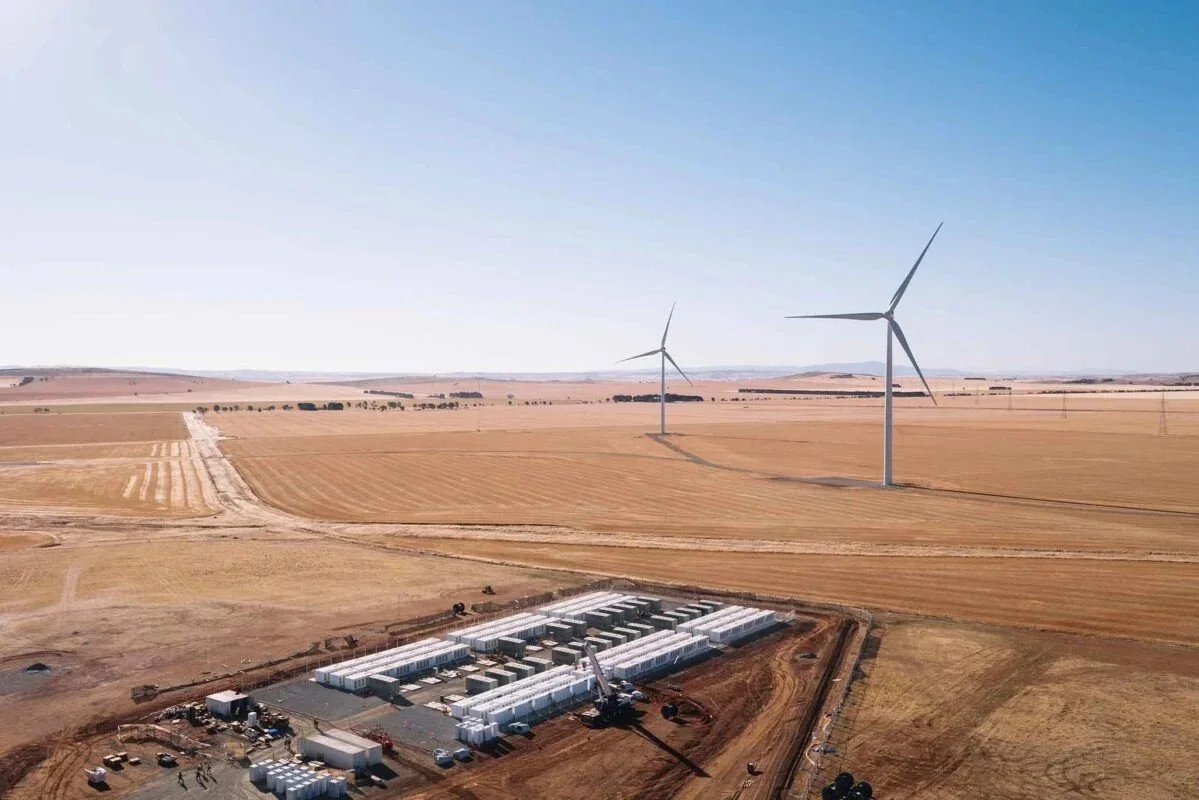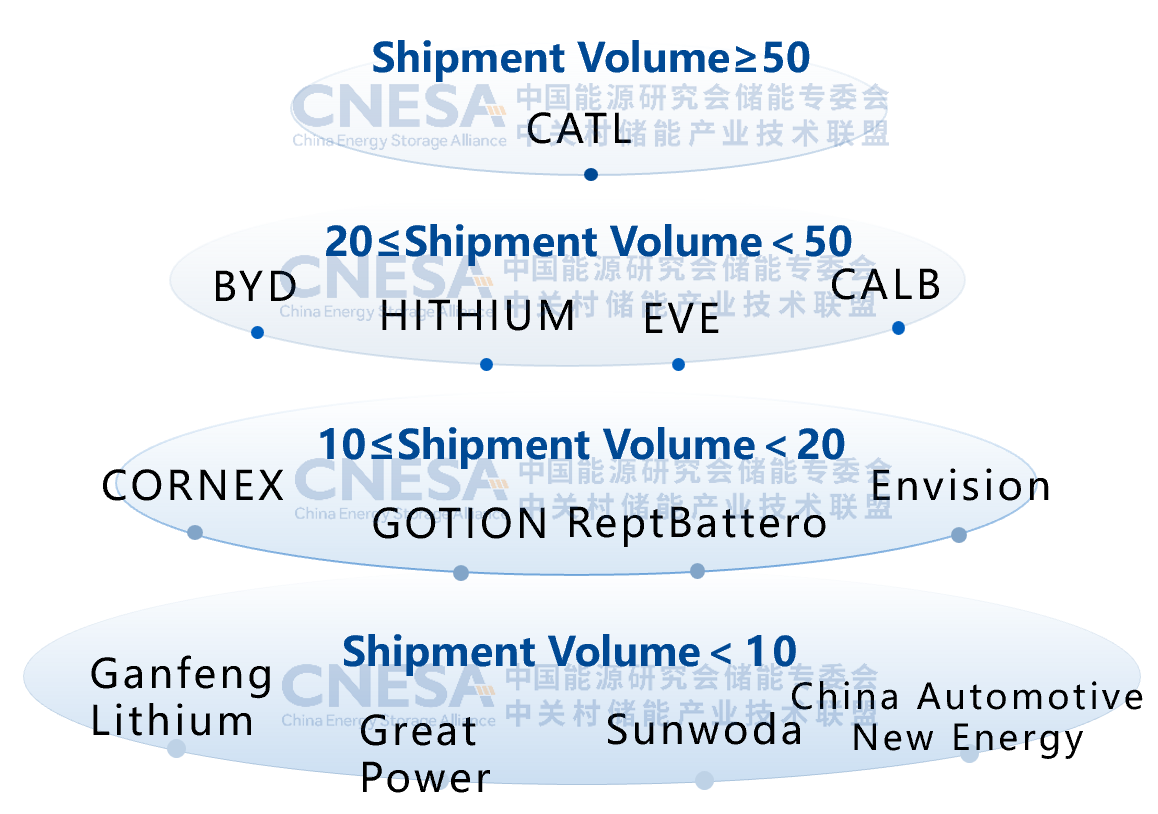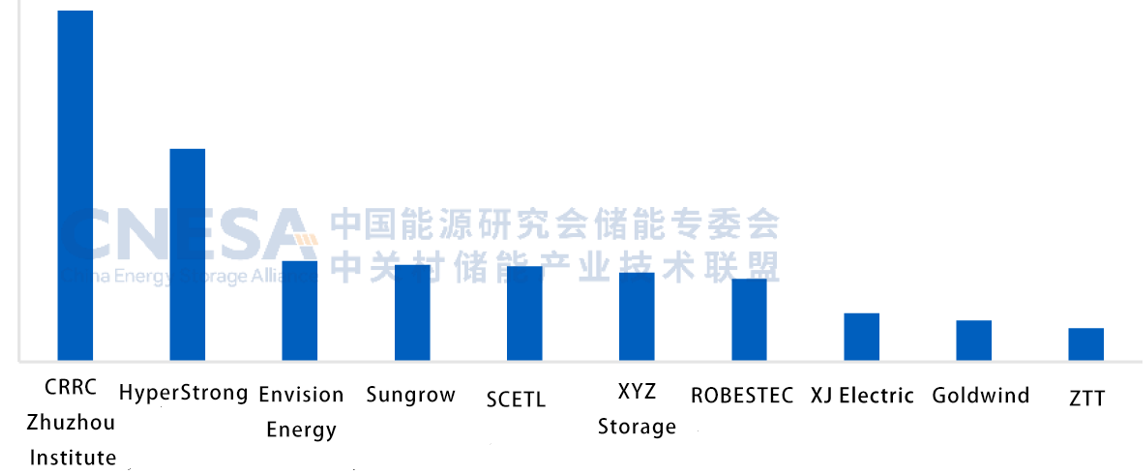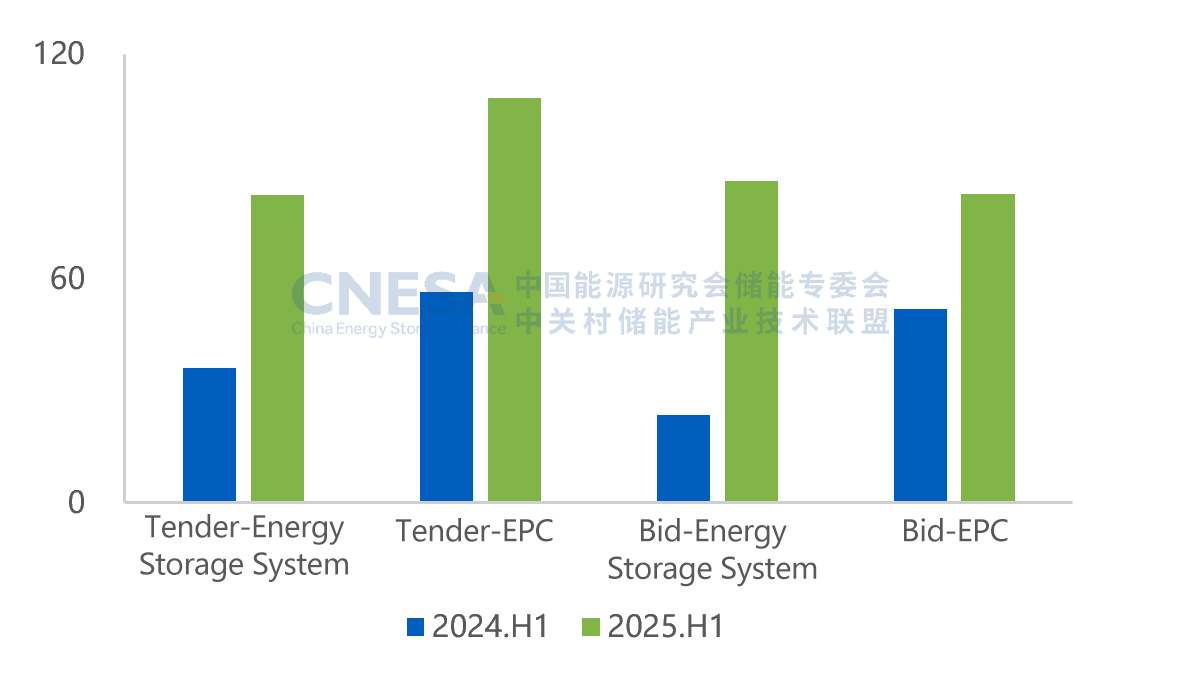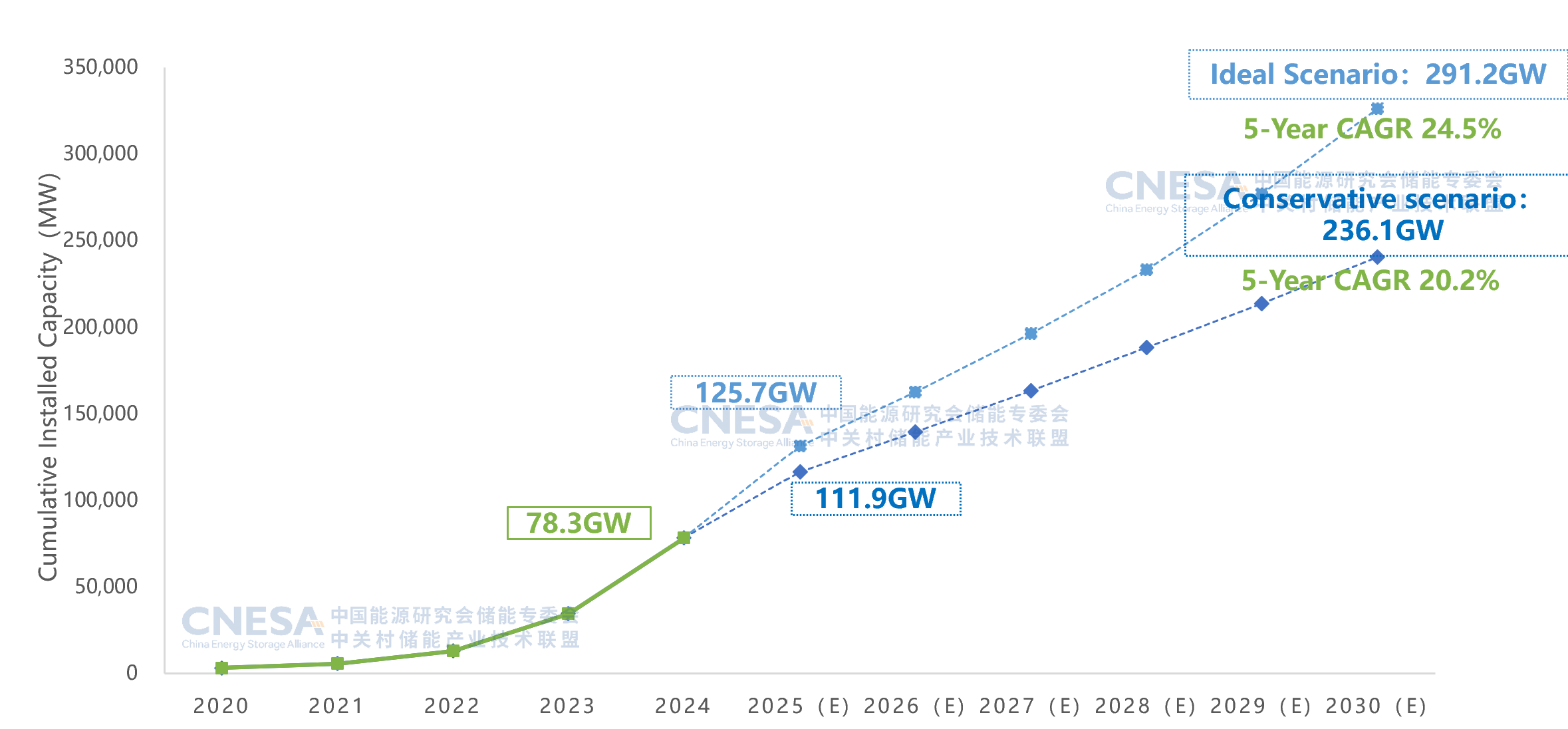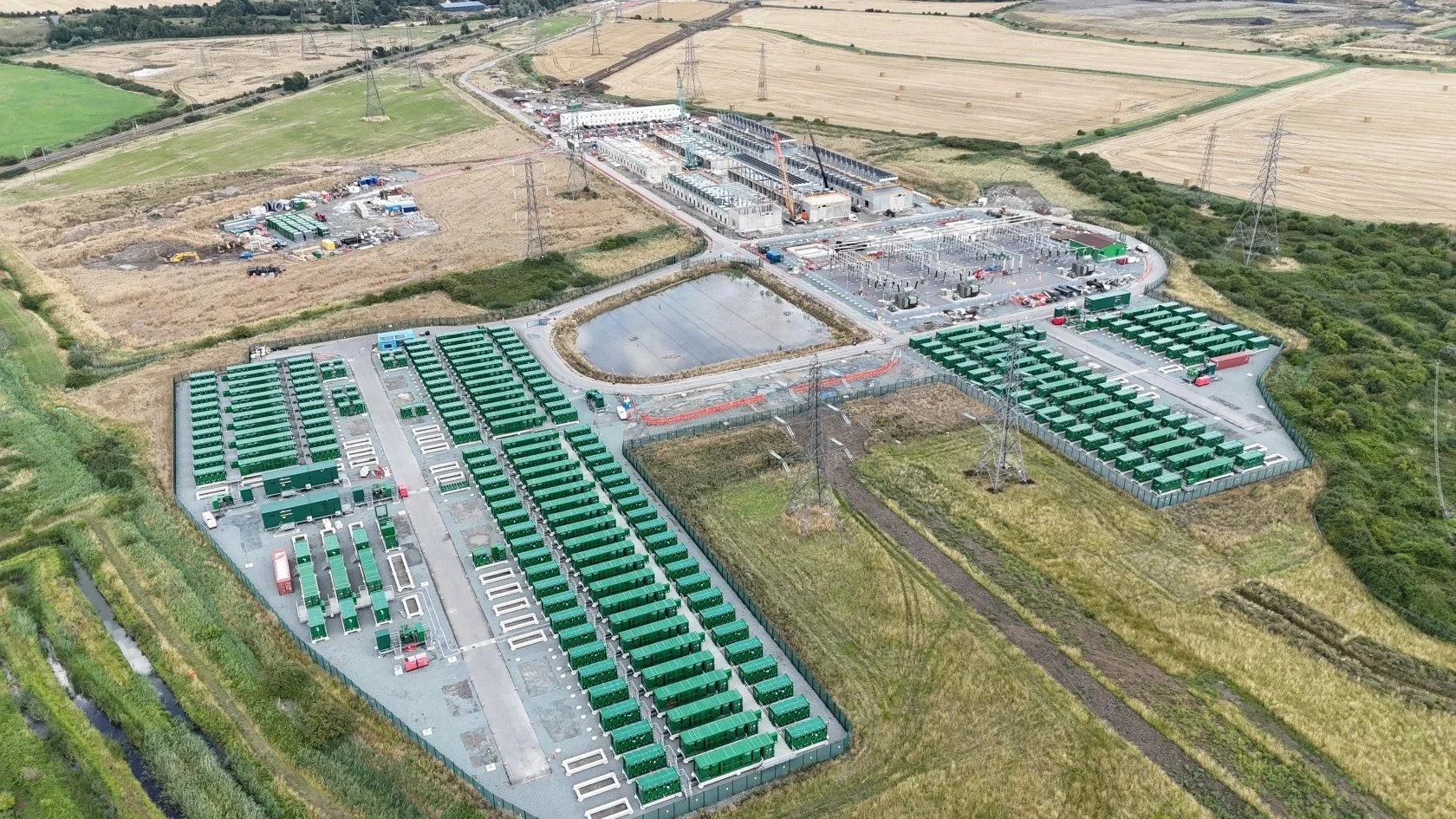Source: Dazhong Daily
On August 24, the world’s first “super-stage zero-carbon building”—the TELD Headquarter Project—was officially put into use in Qingdao. The building, through multiple innovative technologies, has achieved 100% replacement with green electricity.
The so-called “super-stage” means that the building not only relies on photovoltaic power generation but also integrates various green electricity applications such as cascade utilization of energy storage batteries and discharging of new energy vehicles, thereby building a highly integrated and efficiently coordinated clean energy supply system.
The project started construction in May 2023 and was fully completed in March 2025. It covers an area of 14.33 mu (2.35 acres), with a building area of about 43,000 square meters, and a total height of 117 meters. It integrates multiple independently developed innovative achievements of TGOOD Group, with the integration of the “charging network, microgrid, and storage network” as its core, combined with a virtual power plant and an ultra-fast intelligent parking system, becoming a pioneering demonstration project that integrates green energy self-sufficiency, low-carbon operation, and efficient space utilization.
This building has a height of 117 meters and an average daily electricity consumption of about 6,000 kWh. Its east, west, and south facades adopt building-integrated photovoltaic glass curtain walls, which are like putting a “power-generating coat” on the building. The direct current generated by these curtain walls can be directly used inside the building, avoiding the energy loss in the AC-DC conversion process.
What is even more innovative is the “hidden energy” at the bottom of the building—14 sets of cascade-utilized automotive power battery packs. These batteries complete one charge-discharge cycle daily, not only absorbing the surplus photovoltaic power but also, during off-peak grid periods, storing unused clean electricity at low prices, which is then utilized during peak demand or rainy weather, significantly enhancing the grid’s regulation capability.
The building realizes an average daily green energy storage of 1,500 kWh through cadmium telluride photovoltaic glass curtain walls, providing about 25% green power replacement; meanwhile, relying on the park’s intelligent three-dimensional garage, the system can select 300 electric vehicles daily for discharging, contributing more than 3,000 kWh of green electricity and achieving 50% green power replacement. Through the collaborative operation of “photovoltaics + energy storage + EV charging and discharging,” the project successfully builds a park-level virtual power plant, with multiple functions such as resource aggregation, dispatch response, and auxiliary trading, greatly improving energy utilization efficiency and system flexibility.
The entire building is equipped with nearly 30,000 micro-sensors, creating a perception network covering the entire building, and achieves intelligent operation management of equipment through a digital IoT platform, replacing traditional manual operation and maintenance, with a comprehensive energy-saving rate of 40%. Employees can use seamless interactions—such as automatic elevator use via facial recognition and automatic shutoff of lights and air conditioning when leaving the office—to significantly improve office efficiency and refined energy usage.
The project also introduces an AI-assisted fast three-dimensional parking system, featuring five main characteristics: “good, fast, safe, economical, and intelligent.” It is compatible with multiple vehicle types, enhancing the parking experience; equipped with four-level fire protection and visual monitoring systems to ensure the safety of new energy vehicles; greatly saving underground space as well as construction and operation costs; and achieving seamless charging and system interconnection through “Yuntong” (Cloud Eye) AI technology, promoting the digital upgrade of static transportation.
Yu Dexiang, Chairman of Teld New Energy Co., Ltd., stated that this super-stage zero-carbon building can not only absorb a large amount of green electricity each year, reducing nearly 2,500 tons of carbon emissions, but also, through highly digitalized operation, reduce investment costs by 20%-30%, improve operational efficiency by 30%, and save about 30% of comprehensive energy consumption costs, demonstrating the broad prospects of the deep integration of “new energy + digital technology.” '
(Zhang Xiaofan )




